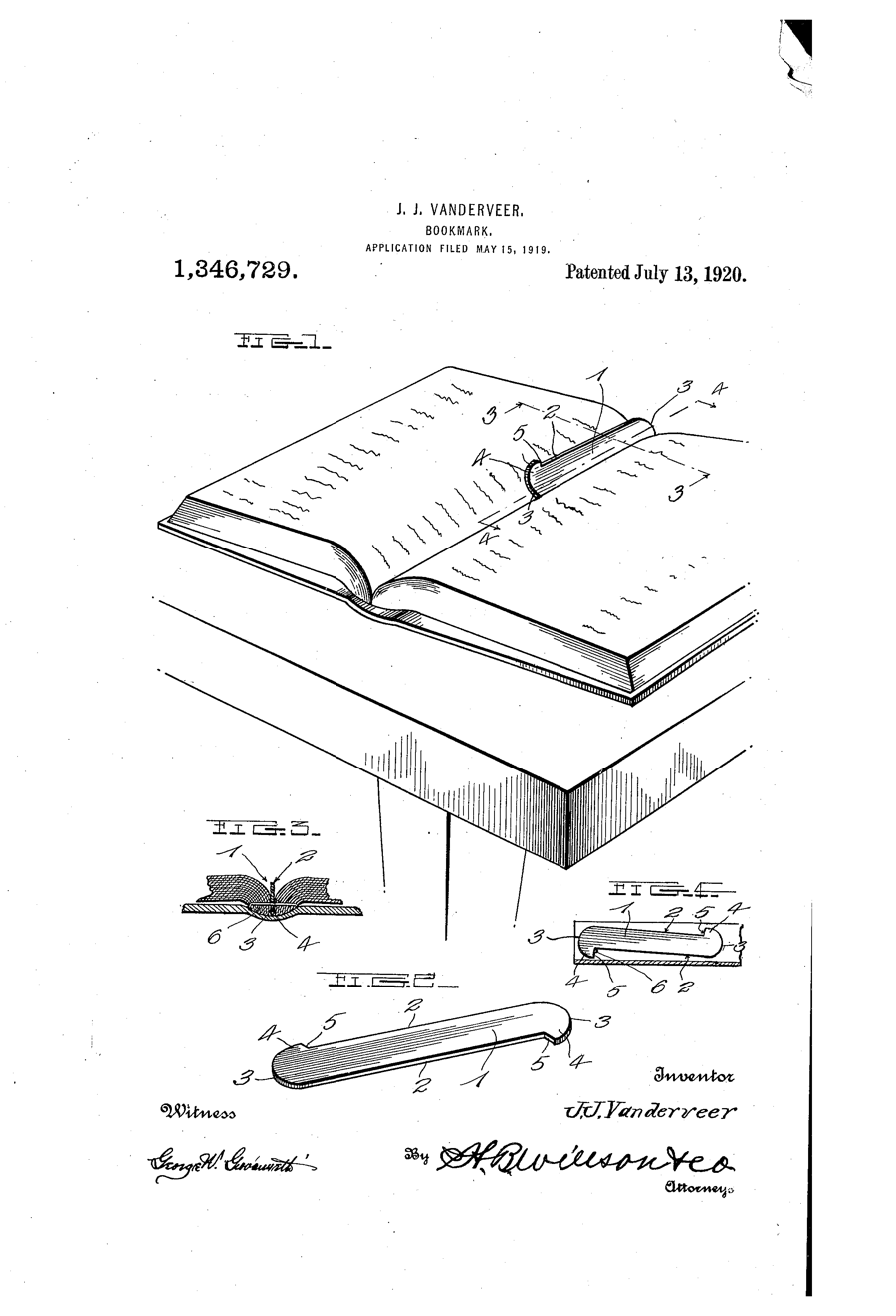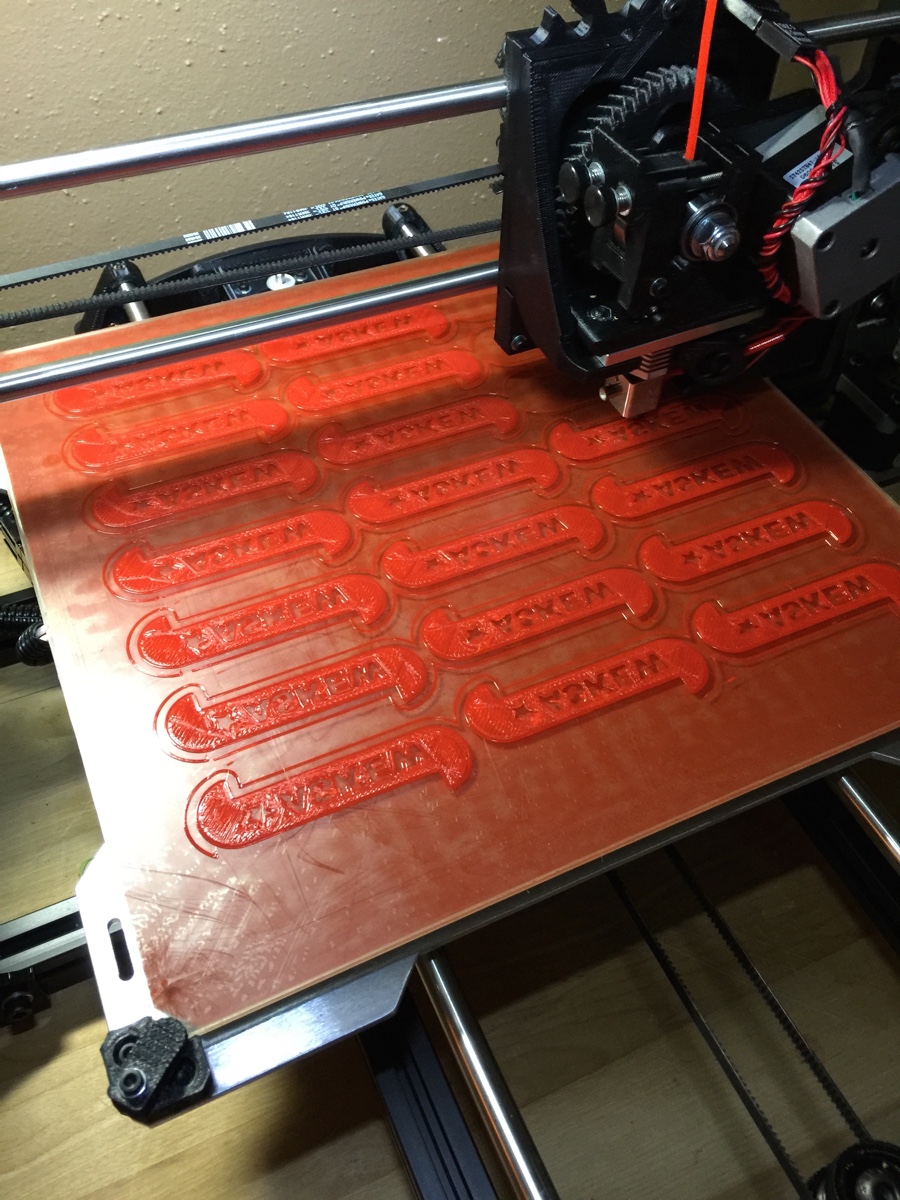Printing Patents From The Past
Recently I discovered a patent for an invention that I’ve personally never seen before and is almost 100 years old. I’m using cutting-edge technology to bring that invention to life. This article seeks to share the experience with the All-Stars at Askew Elementary in Houston, TX.
So, What is a Patent?
A patent is something a government gives to an inventor for a limited period of time in exchange for details about what they’ve invented. In other words, the inventor is granted the right to be the only one that can control what they have invented as long as they tell the government what it is they have invented.
Think of it like this; if you came up with a great idea for a product that would make it super easy to scrape gum off the bottom of your shoe, you would probably want to make money from your idea, right? Sure! You would probably be giddy at the prospect.
Now suppose someone else came up with a very similar idea completely on their own. If they started selling their invention then you might not sell as many of yours. You might even think they copied you. Worse yet, they may think that you copied them and get mad!
A patent lets you saunter up and tell the government that you came up with the idea first. When you file for a patent, the government will look through their records to ensure that you are indeed the first person with the idea and, if so, they will grant you a patent. From that point until your patent expires, you can prevent other people from using or selling anything that infringes upon or misrepresents your patent.
Don’t be sluggish, though! If someone else files for a patent first then they might be granted the patent and, despite the fact you invented your gum scraper about the same time, they could prevent you from using or selling your very own invention! Of course, at that point the only logical thing to do would be to avenge yourself and invent something else!
Jean J. Vanderveer’s Bookmark
On May 15, 1919 Jean J. Vanderveer filed for a patent with the U.S. government for a bookmark. Despite the deluge for patent applications, a patent was eventually granted on July 13th, 1920. Here’s a drawing of what he patented:

Here’s what they wrote to describe their invention:
To all whom it may concern:
Be it known that I, JEAN J. VANDERVEER, citizen of the United States, residing at Brattleboro, in the county of Windham and State of Vermont, have invented certain new and useful Improvements in Book marks; and I do declare the following to be a full, clear, and exact description of the invention, such as will enable others skilled in the art to which it appertains'to make and use the same.
My invention has for its object to provide an extremely simple and inexpensive, yet a highly desirable and eflicient book mark which may be quickly and easily applied, cannot accidentally be lost from the book when the latter is closed, and will remain in place even when the book is opened.
Based on the rules enforced at the time, the patent for his bookmark expired on July 13th, 1937. That means that between the time the patent was filed and July 13th, 1937, nobody could make or sell a bookmark like Vanderveer’s without their permission. After July 13th, 1937, however, anyone could start to make and sell them. That’s what allowed me to use my 3D printer to copy Vanderveer’s design, customize it, and print one as a gift for you!
3D Printing
Here’s what my 3D printer looked like while printing some of Vanderveer’s bookmarks (customized with the Askew Elementary name and star):

3D printing works by using a computer to control a machine. The machine heats up a spool of plastic and extrudes the molten plastic in a very precise way. Layers of plastic are placed on top of each other until eventually a 3D printed part is formed. This process is also known as “additive manufacturing”. Here’s a time-lapse video of a 3D printer in action:
Summary
Wow! We live in an exciting time where new technology and ideas emerge constantly. Just a few years ago bringing a nearly 100 year old object to life with computers and personal 3D printers was virtually unheard of. Today, it’s almost as easy as printing your homework and it gets faster and easier every day! I hope this article inspires you to become an inventor. The future needs you!
